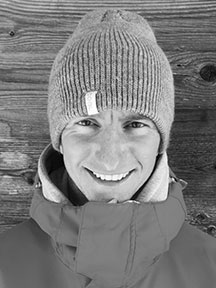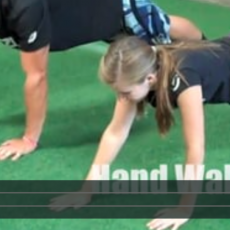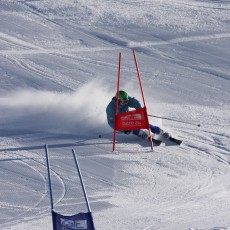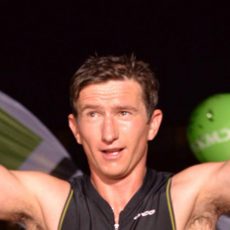
How can you train for skiing without getting too complicated and taking ages? Jake has the answer…
Only a few weeks to go until you’re back on the slopes and you want an exercise plan that will put you in the best shape possible. Hopefully you’ve done some endurance exercise (e.g. running, swimming) to build up a solid aerobic base and now it’s time to kick on and start strengthening your body ready for the slopes.
Below is a very simple yet effective workout plan. Do it twice a week for the next few weeks and you will become fitter and stronger. Being fitter and stronger will allow you to get more out of your ski day and will allow you to recover faster. It will also greatly lessen the likelihood of injury.
Format of the session
Aim to train for 60 minutes. More than this and you’ll start to need extra food and water to keep going. Also if you train for longer you will start to move towards endurance training rather than resistance training. Your aim in this session is to start resistance training which will lead to increased muscular endurance, strength and power. All things that are key to skiing!
In the session example below I have listed very simple body weight exercises that don’t require any equipment. They are compound exercises that utilise lots of different muscle groups. For example a squat uses your quadriceps, hamstrings, glutes and core. Compound exercises are a more effective way to train. They’re also a lot more fun!
It’s worth noting down what you’re going to do in the session so you’ve got a plan. This is much more effective than just making it up as you go along. It also allows you to record your results more effectively and see improvements over time.
List the exercise that you are doing, for example lunges, and then the number of reps and the number of sets. Reps are the number of exercise repetitions you do. If you do a set of lunges then 10 reps is 10 lunges. When you have completed the 10 lunges you have completed 1 set. Then move on to your next exercise. Each set should take about 60 seconds and you should rest for 60 seconds between each set.
As always make sure you do a warm up to ensure you’re ready to train. This will limit the chance of injury and get you mentally and physiologically ready for training. See my Warm Up blog for more information.
The session plan:
| Exercise | Reps x sets | Exercise time | Rest time |
| Warm up | 10m | ||
| Skipping | 30 x 3 | 30s | 1m |
| Press ups | 30 x 3 | 30s | 1m |
| Squats | 45 x 3 | 1m | 1m |
| High knees | 60 x 3 | 1m | 1m |
| Lunges | 15 (each side) x 3 | 1m | 1m |
| Mountain climbers | 45 (each side) x 3 | 45s | 1m |
| Burpees | 20 x 3 | 1m | 1m |
| Side planks | both sides | 45s | |
| Plank | 2m | ||
| Cool down and stretch | 10m | ||
| Totals | 39m | 21m | |
| Total workout time | 60m |
Some video to show you what’s what…
To help you out here are some short videos that show the exercises listed
Intro:
Skipping and press ups:
Squats, high knees and lunges:
Mountain climbers and burps:
Core:
The workout plan above is a great way to start your training. It will improve your physical capacity and – my favourite training phrase – open up neural pathways!
Basically the ‘wiring’ between your brain and muscles will improve and this will lead to gains in strength, power and co-ordination. Sounds good, right!? Oh, and one of the other benefits of this type of high intensity training – increased metabolic rate which will lead to fat loss.



